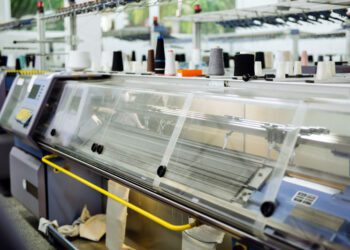The fashion industry, ever-evolving and dynamic, has always been at the forefront of reflecting societal changes and technological advancements. As we stand at the crossroads of a new era, what could be the next big shifts? “In fashion, as in life, the only constant is change, and anticipating it is the key to staying relevant.” Let’s forecast the possible trajectories for the apparel industry.
Technological Takeover
Virtual and Augmented Reality: Virtual fitting rooms and AR shopping experiences could redefine retail, providing immersive and personalized experiences.
AI-Powered Forecasting: Machine learning could analyze consumer behavior and market trends to predict the next big fashion movements.
Sustainable Tech: Innovations like lab-grown leather or 3D printed accessories might become mainstream.
The Rise of Conscious Consumerism
Eco-friendly Fabrics: Materials like hemp, bamboo, and recycled polyester might dominate fashion racks.
Ethical Production: Transparent supply chains, fair wages, and ethical production practices will be more than just buzzwords.
Rental and Resale Market: With a shift from ownership to access, rental fashion and upscale resale platforms might boom.
A Global Melting Pot
Inclusive Sizing: Brands will likely move beyond traditional sizing norms to embrace and celebrate every body type.
Cultural Fusion: With global influences merging, we could see a blend of styles, like combining Scandinavian minimalism with vibrant African patterns.
Gender Fluidity: Unisex collections and gender-neutral designs will further blur the traditional lines of men’s and women’s wear.
Redefining Retail Experiences
Phygital Stores: A blend of physical and digital, these stores might offer tangible experiences with digital integrations like interactive screens or AI assistants.
Experiential Retail: Shopping could be more about experiences, with stores offering workshops, cafes, or even art installations.
Localized Manufacturing: To reduce carbon footprints, brands might adopt localized production, creating garments closer to the point of sale.
Embracing Tradition in the Modern Age
Artisanal Collaborations: Modern brands might collaborate more with traditional artisans, bringing age-old techniques to contemporary fashion.
Storytelling: The narrative behind garments – be it the source of the material or the inspiration for the design – will play a significant role in marketing and consumer appeal.
Revival of Forgotten Fabrics: Fabrics and patterns that had fallen out of favor might witness a resurgence, fueled by nostalgia and the quest for uniqueness.
In conclusion, the apparel industry is poised for transformative shifts, shaped by technology, ethics, and a blend of the old and new. Brands and consumers together will chart the course of this exciting journey, making fashion a mirror of the times and aspirations.




















